Description
Expedition Dates: 16th – 25th October 2023
- Depart London (or home country) on Mon 16th to arrive in Windhoek the following afternoon on Tuesday 17th
- Departing Windhoek on the afternoon of Tuesday the 24th, to arrive in London (or home country) on the morning of Wednesday the 25th
Duration: 8 Days (in country)
Group Size: 12 Max (+ 3 Leaders / Medics)
Accommodation:
- 6 nights under stars
- 1 night guesthouse
Climate: Hot and sunny
- Day-time temperature approximately: 30° C
- Night-time temperature approximately: 15°
Price (exc. Flights):
- Deposit: £500
- Balance: £1395
- Total Cost: £1895
Your adventure will take place in the rugged Erongo Mountains, a wild and rocky landscape of steep escarpments looking out over the vast wilderness of the Namib Desert. A true truly ancient wilderness, made up of volcanic granite and basalts and slowly eroded for 130 million years, the Erongo Mountains are truly stunning. Small kopjes rise from the sand floor, covered in cliffs, boulders and slab rocks.
Here you will learn the art of light-weight desert travel and how to move safely and easily through the African bush. Trekking with a few essentials, you will learn desert survival skills, like how to find water in this parched landscape, light fires by friction, learn to trap small mammals and birds, how to process large game, as well as the art of tracking and protocols for wildlife encounters, and we will trek to undiscovered ancient Bushman rock art sites, far from the tourist trail, that few people have ever seen.
The volcanic basin is packed with indigenous wildlife, from tiny dik-dik and klipspringer to hyena and leopard, to larger antelope like oryx and kudu, and the giants of the continent, the wild desert elephants. This is not a trip for the faint hearted! You will learn how deal with snake encounters, avoid scorpions, how to stay safe in big cat country and a myriad of other skills that enable life in the veldt.
This expedition is a hands-on, desert survival skills training course and you will be expected to hike, build, carry, gather, trap, dig and cook.
“Tracking is like dancing, because your body is happy. It is telling you the hunting will be good. You feel it in the dance. It tells you. When you are tracking, and dancing, you are talking with God.” – !Nqate Xqamxebe (a persistence hunter featured in the documentary film The Great Dance: A Hunter’s Story)
Very few people get to experience the veldt in this way, so don’t be surprised when you fall in love with the desert – bewitched by her brooding tawny landscapes, the gentle peoples and her incredible wildlife.
Note: please do not book your flight until you have confirmed your place on the course with us and made email contact first – this trip will need a minimum number to run.
Highlights
- Lightweight travel
- Natural hazards
- Wildlife hazards
- Desert camping
- Desert survival skills
- Friction fire lighting
- Natural cordage
- San Bushman art
- Game observation
- Tracking skills
- Hunting techniques
- Trapping skills
- Procuring water
- Game processing
- Making biltong
- Security on steep ground
- South African abseil
Inclusions
Included
- Two Wild Human Expedition Leaders.
- All food (snacks and meals) and soft drinks.
- Internal transport as outlined in itinerary.
- Special in-country permits and permissions.
Not included
- International flights/ travel.
- Travel insurance (obligatory).
- Alcohol (Due to the remote nature of this Expedition no alcohol will be taken into the bush)
- Personal equipment (full kit list in the Notes Section).


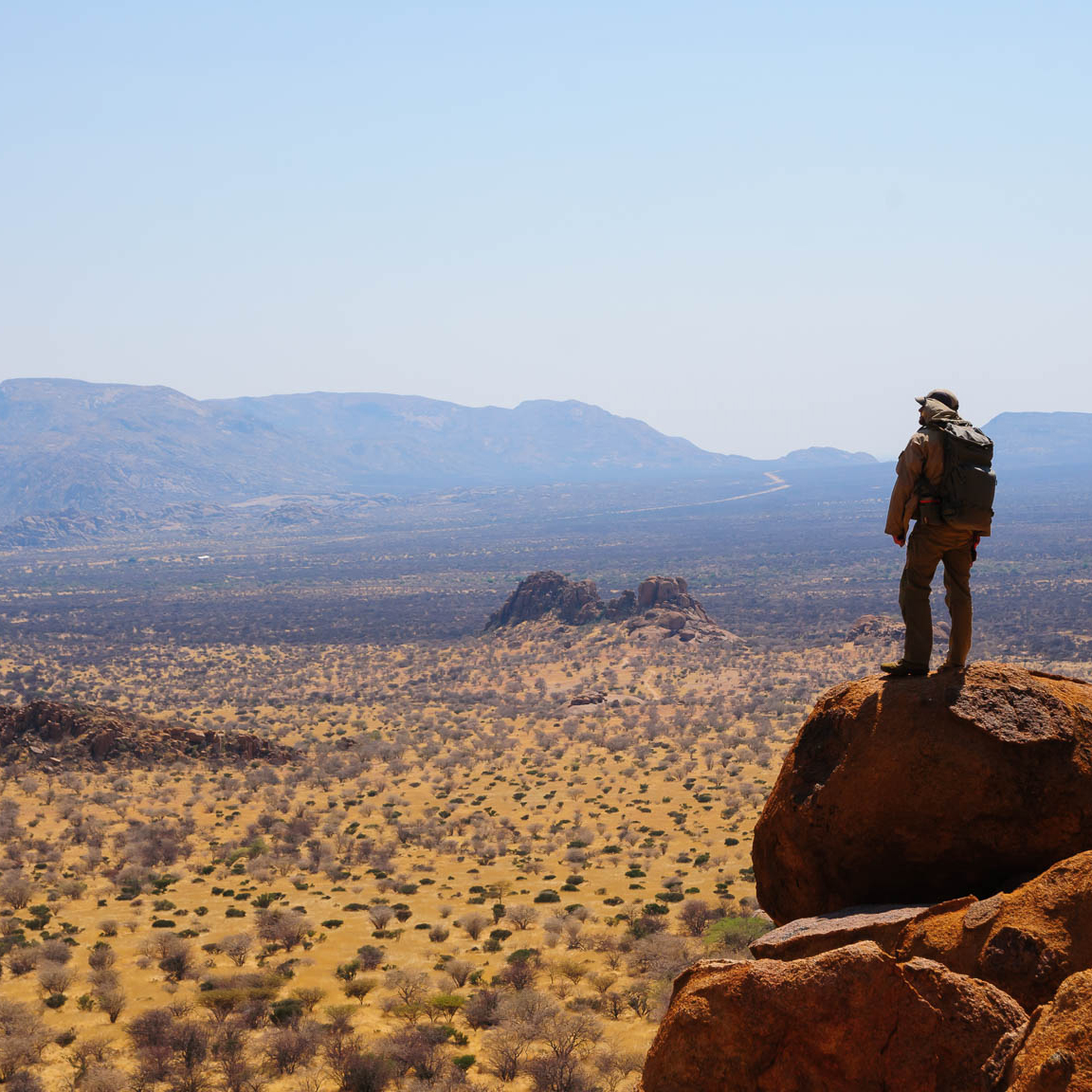
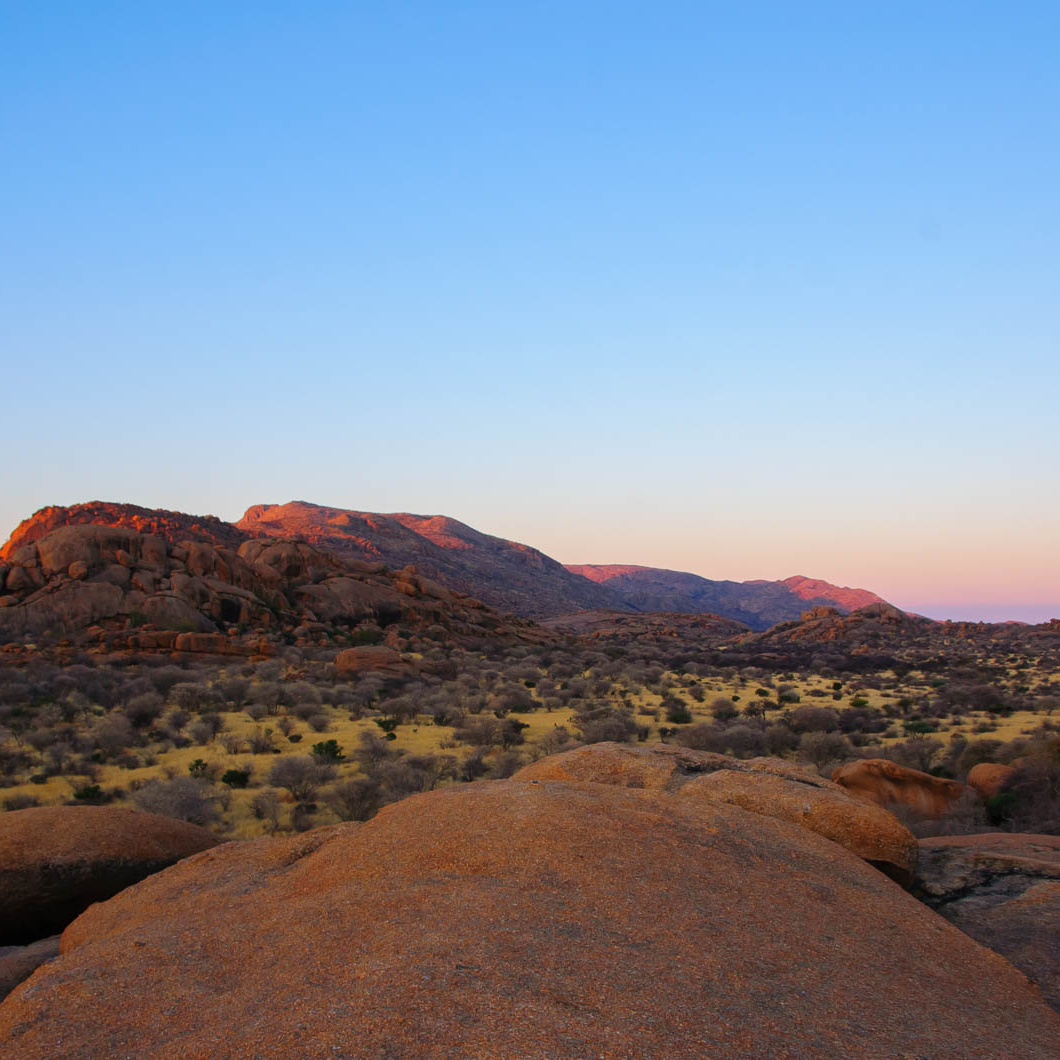

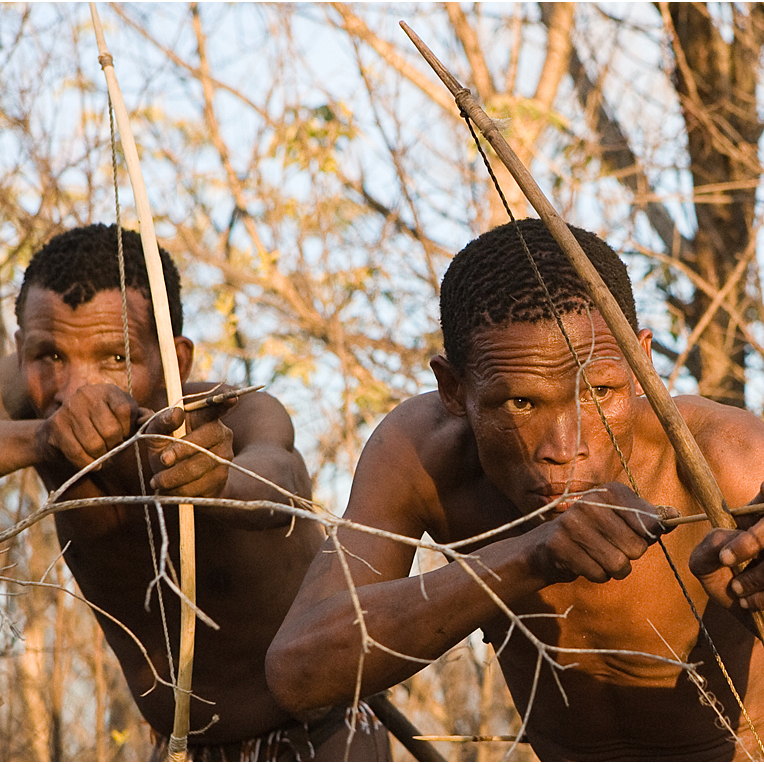
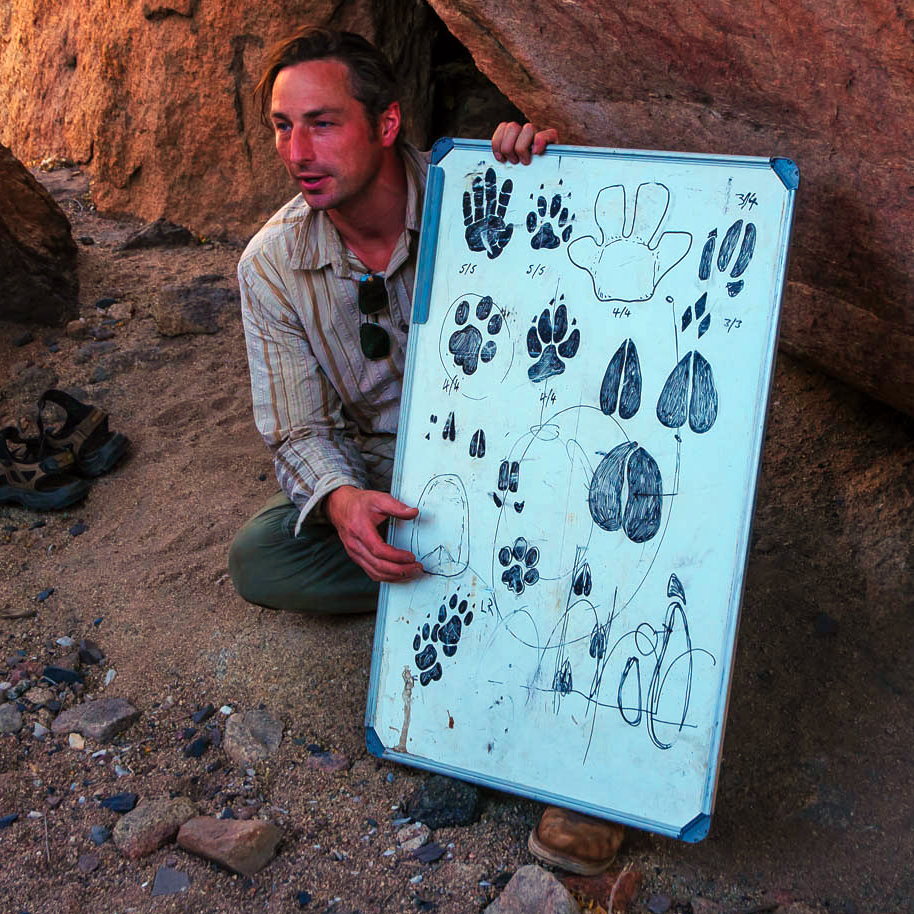
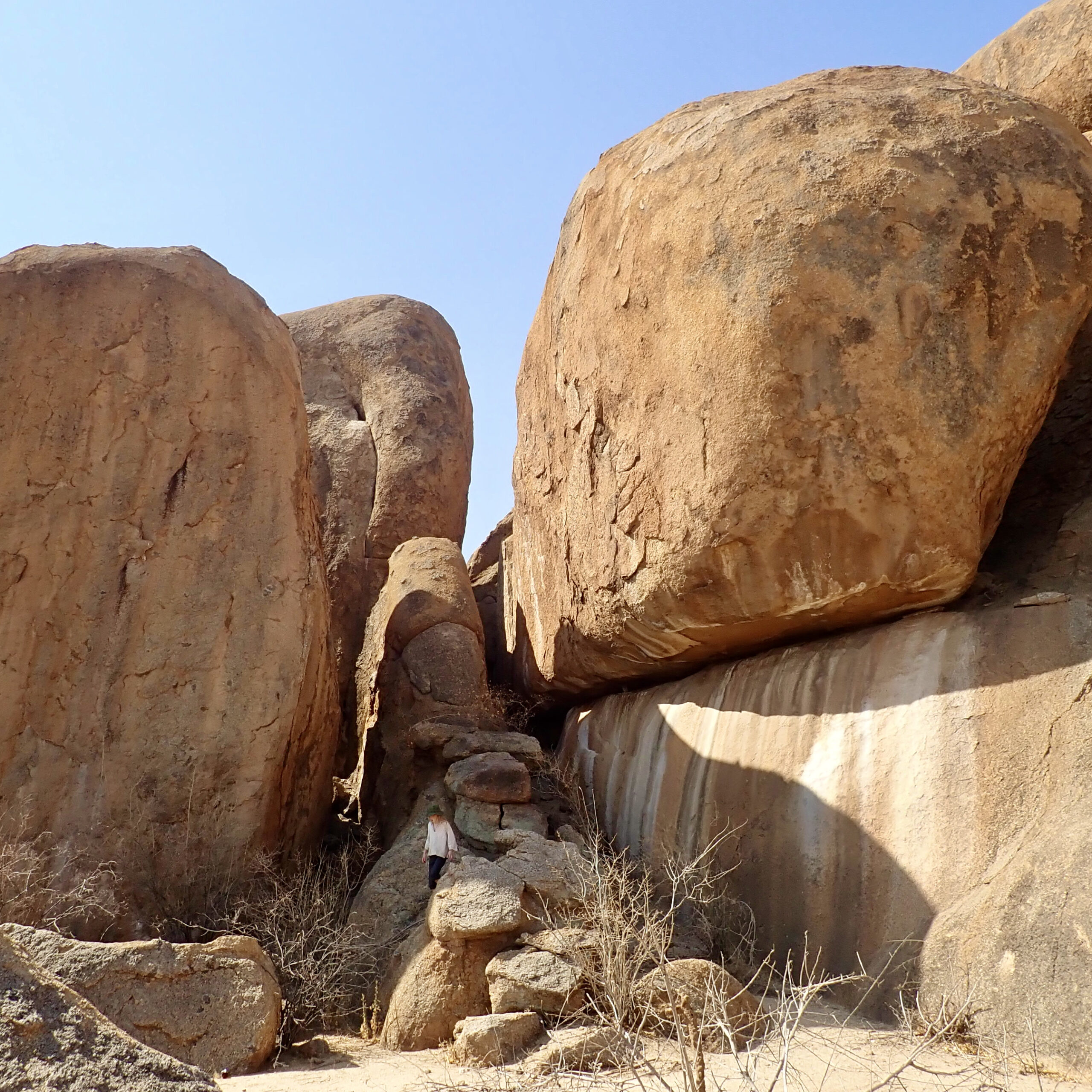
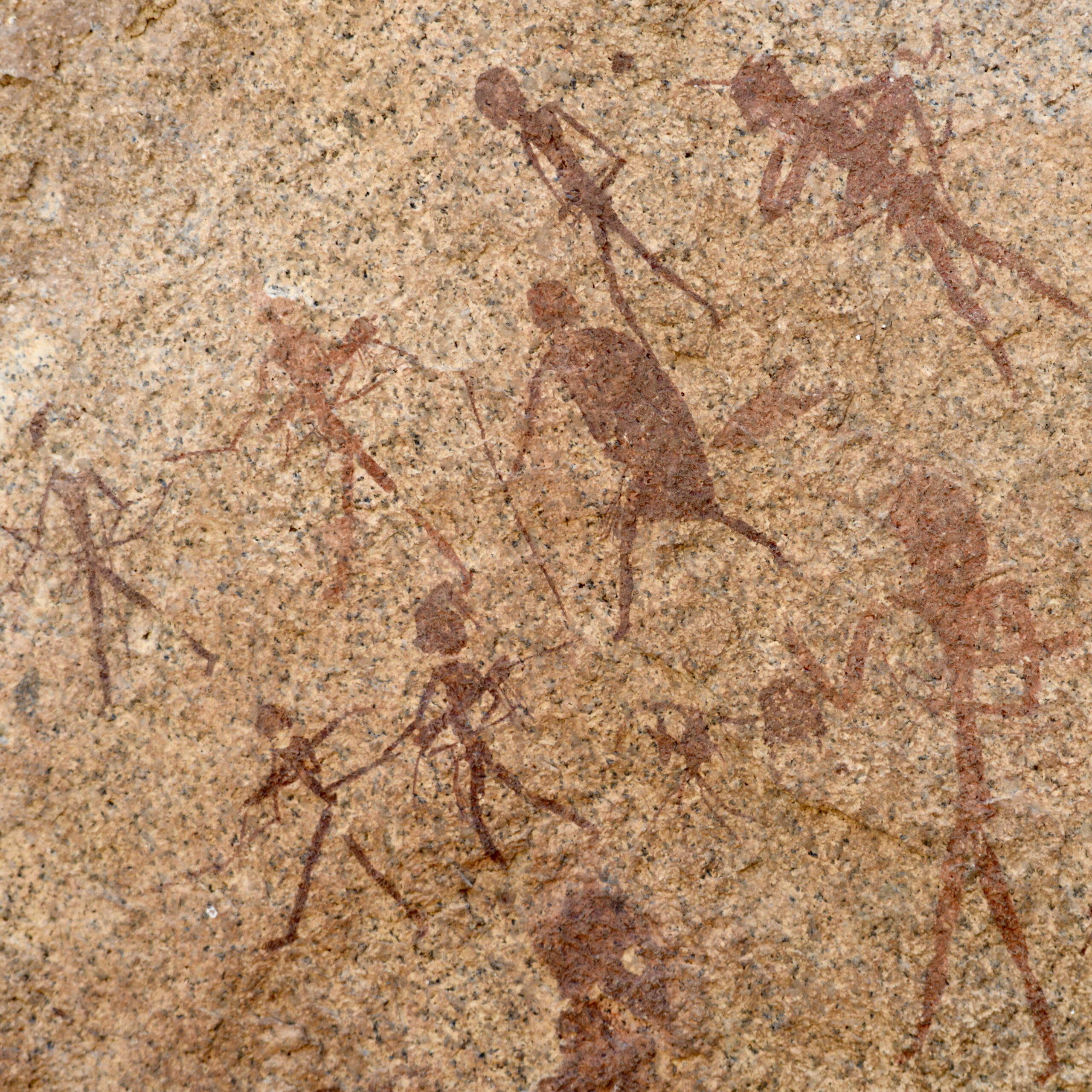
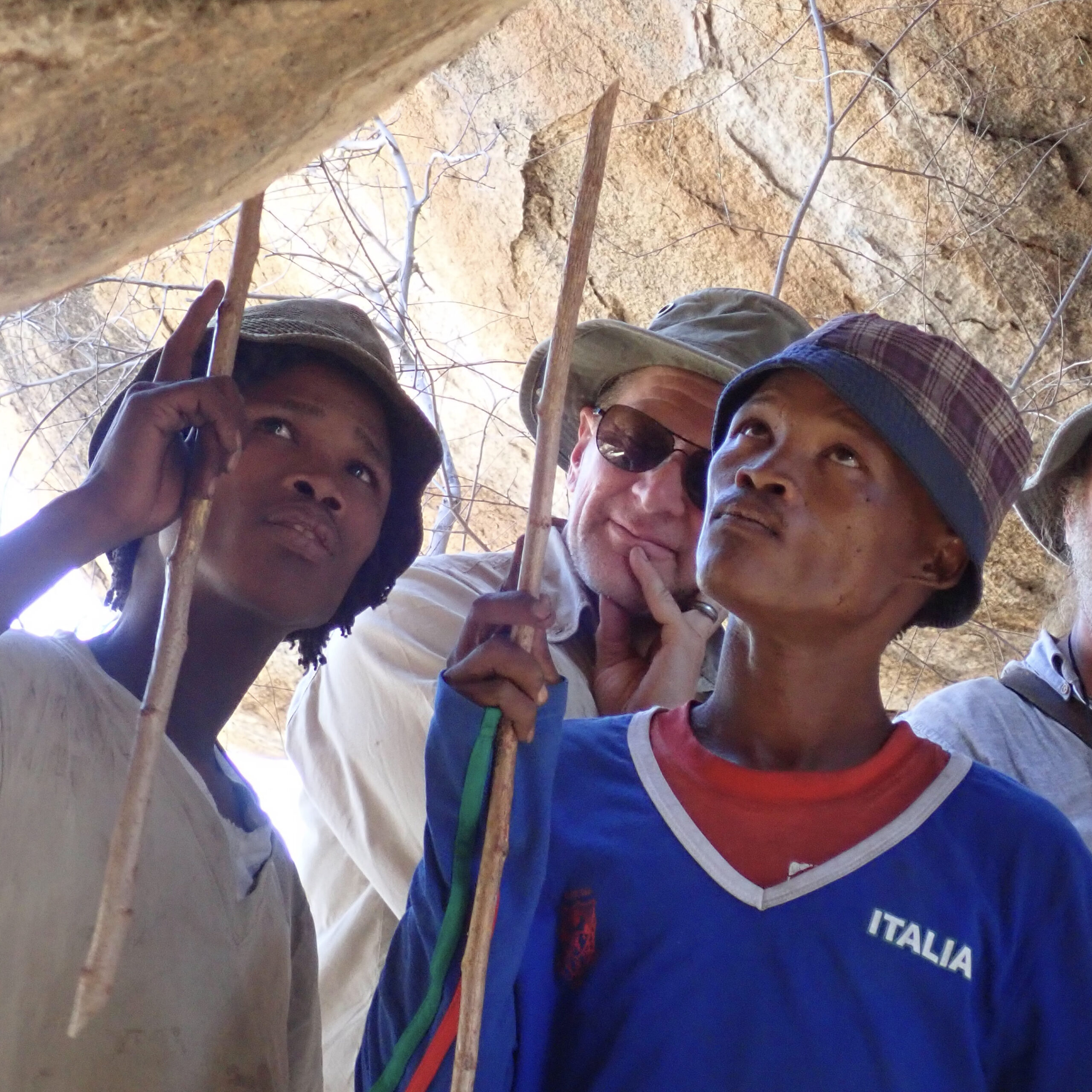
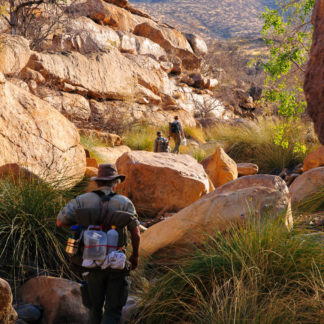
annabel.c.sun (verified owner) –
This trip was fantastic. A few things to note –
INSTRUCTORS: The instructors of this trip are all fantastic – Ben, Debs, and Werner. They made this trip amazing. Some of the things I really appreciated on this trip: 1) Having a simple, straight-forward presentation on what exactly what we needed to know to survive out in this desert, 2) the instructors’ combination of expertise in wilderness survival, confidence, and wit in delivery, and 3) their ability to quickly restrategize the day based on changing circumstances. They knew what they were doing, held the group together, and made sure that everyone got what they needed out of the trip, while hitting all of the expedition goals and teaching the survival skills as needed.
TRIP PARTICIPANTS: The people on this trip were also very lovely – they ranged in age (up into their late 50s) and in occupation, so there was a lot of good and interesting conversation throughout the trip.
LOCATION: The area of the expedition itself – the Erongo Mountains in Namibia – is absolutely gorgeous. The desert color schemes during the day, and the beautiful star-studded sky at night are very beautiful. Quite a few people brought professional cameras, and after seeing the landscape myself, I found myself also wishing that I had brought one.
LEARNINGS: I also learned a lot this trip. I learned a fair bit about various survival techniques: animal tracking, making string from reeds, making a knife from rock, skinning an animal, etc. I learned about the basic logistics needed to make a trip out into the wild by watching the instructors move about and organize the group. And I even learned, to my surprise, that I was able to actually do the multi-hour hikes, with roughly 15 kg on my back. I had wanted to give up several times, but I didn’t. And I somehow made it. It was very encouraging for me to learn that I was a lot stronger than I thought I was, and something I will continue to remember after this trip.
SUMMARY: All in all, I really enjoyed the Namibian expedition, and look forward to next year when the expeditions and courses begin again.
jakerowland (verified owner) –
Had an absolutely unforgettable experience with the Wild Human family in Namibia! I loved every minute and learnt a huge amount from Ben, Debs & Werner and our two San guides (who’s names I can only say and would probably butcher trying to spell). Their knowledge of their environment is second to none; from tracks and sign interpretation, to trapping, butchery and plantlore and was a real privilege to be able to tap into that for the week! The team were a great source of encouragement and information on the environment and were really happy to answer any questions we had. They were highly adaptable and tailored each day to the changing ground conditions and opportunities for learning and insights those afforded. The landscape of the Erongo was breathtaking. Open air rock art sites litter the rocky outcrops in the area and the valley floors are covered with stone tools which stretch from the lower paleolithic and the earliest evidence of our human ancestors to the arrival of farming in the landscape. The whole area feels like you are literally stepping back into prehistory. The expedition packed so much into the week and has given me the essential tools to spend time in the desert; from understanding the hazards and how to mitigate them, to knowledge and experience of the environment! I couldn’t recommend this expedition and the Wild Human team highly enough. There is so much I have left to learn and I really hope to come back!
Ted Weber (verified owner) –
This expedition is a unique experience in a primeval landscape and I can completely agree with the previous reviews. Ben and Debs provided all the technical advice and support necessary for thriving in a desert environment and the company of Werner and the two Jo’Hoansi trackers, with their own special knowledge and perspectives, greatly enriched and broadened the experience. It’s an unforgettable insight into another world. I enjoyed it immensely and can’t wait to get out with the Wild Human team again. Highly recommended!